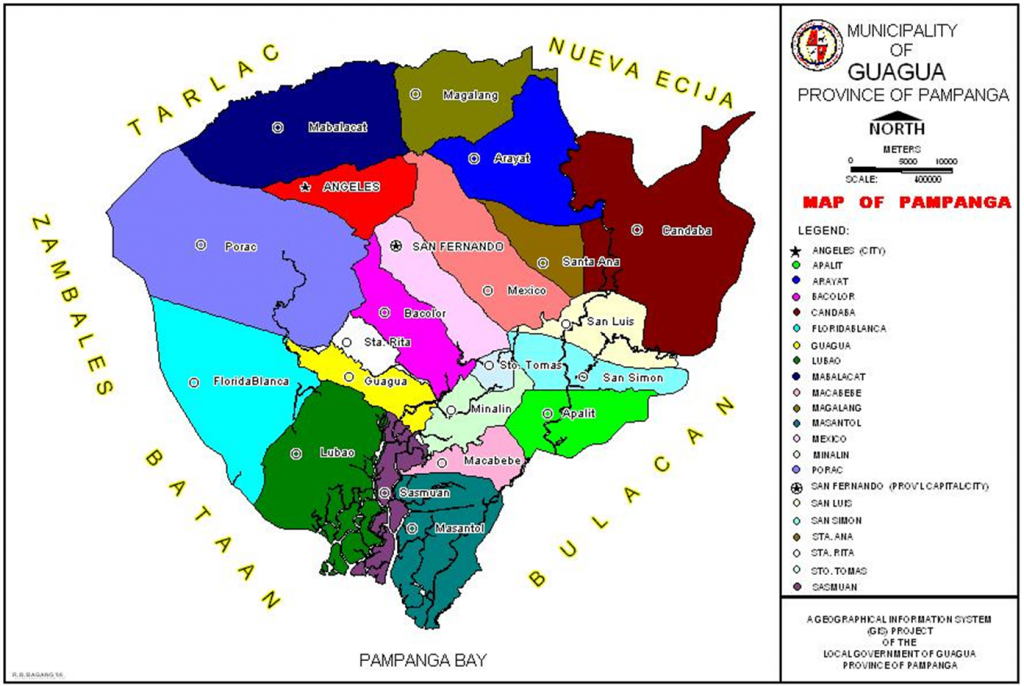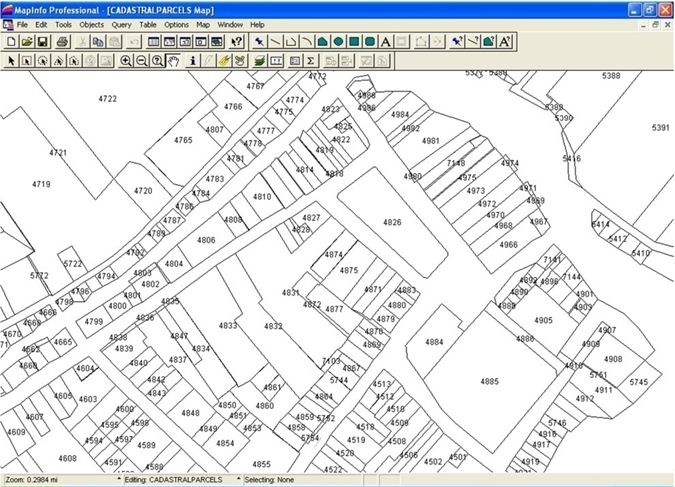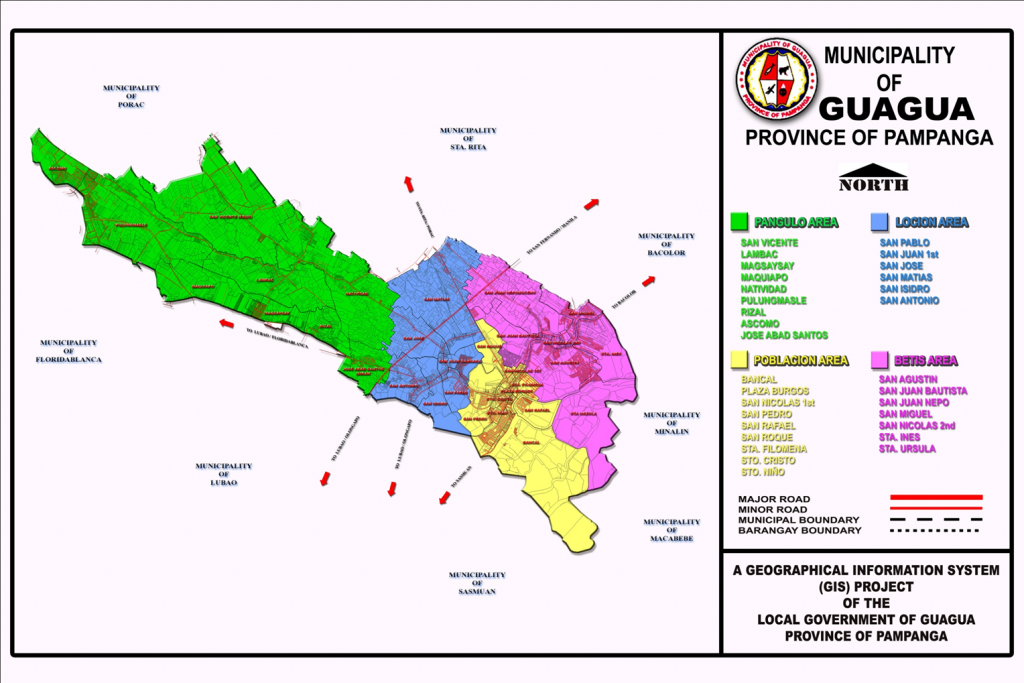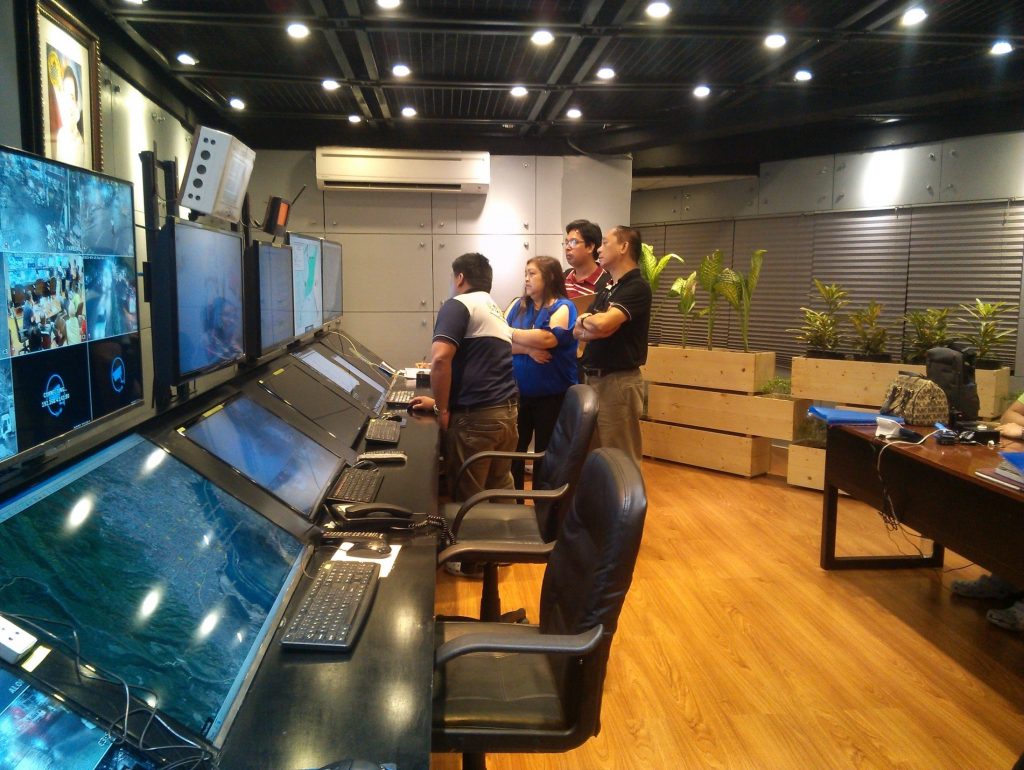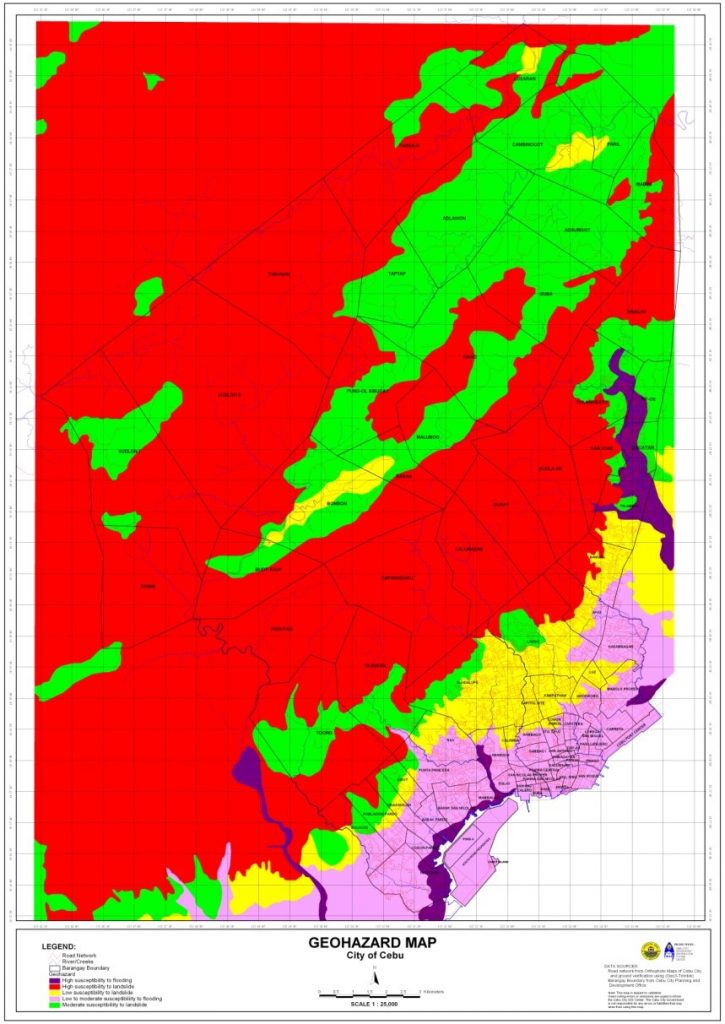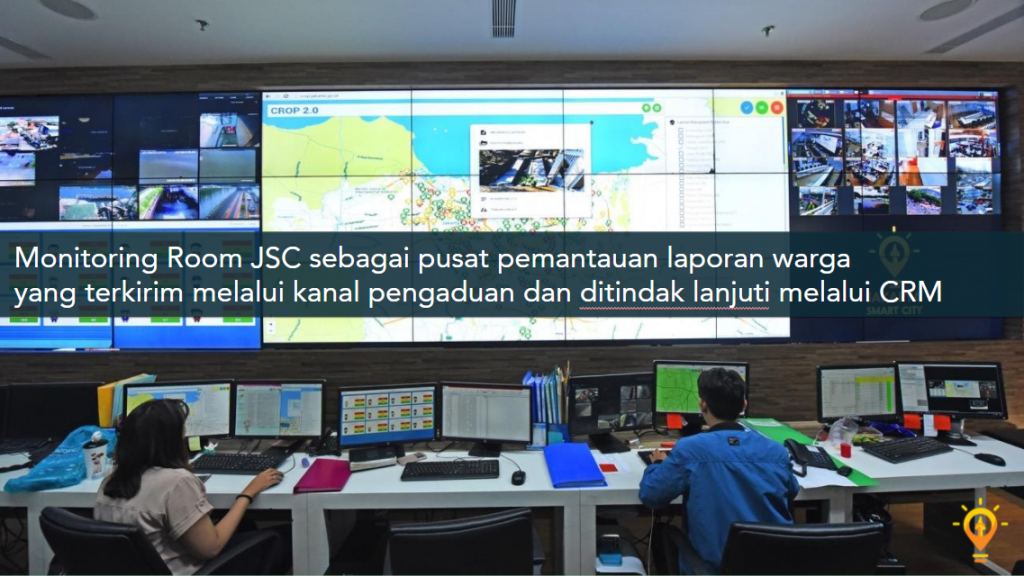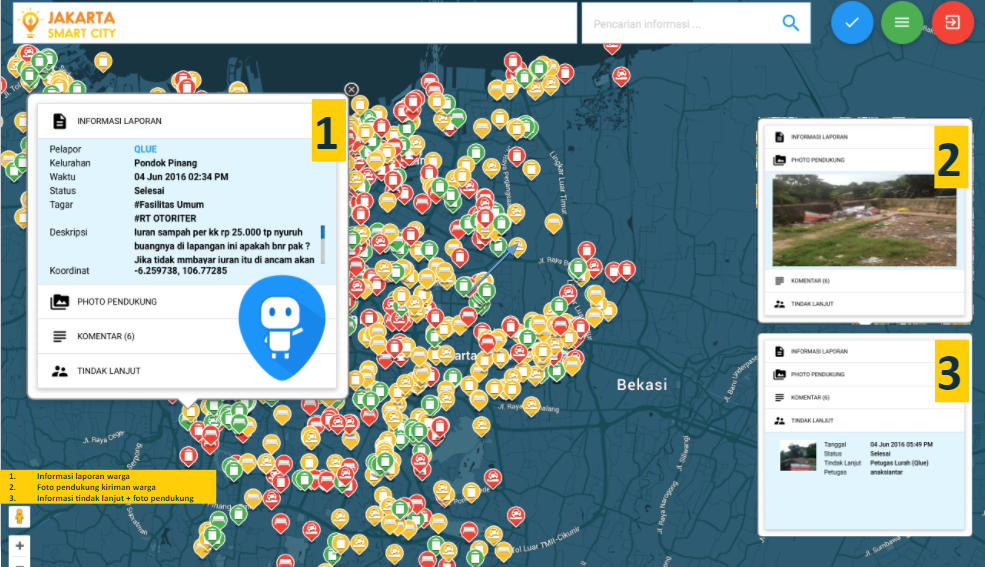Organization
Tarlac State University
Best Practice Focus Area/s
Citizens / Customers, Human Resource
Year Implemented
2018
This is a GBPR finalist entry
Summary
As an academic institution, the commitment to determine the effectiveness and efficiency of instruction or educational services and its continual improvement for ultimate customer satisfaction is paramount. Tarlac State University (TSU) has computerized the system of evaluating the teaching effectiveness of its faculty members through the Automated Faculty Evaluation System (AFES). It was developed by the university’s Innovation Team (iTSU) through the Public Sector Productivity Innovation Laboratory Project under the Development Academy of the Philippines (DAP).
Background and Problem
Before developing the AFES, TSU implemented a pen-and-paper faculty evaluation facilitated by the HRDMO. Some of the issues and insights of the system were:
- Evaluation instrument is not easily understandable to students
- Subjective evaluation due to bias, lack of relevant key performance indicators
- Exclusion of qualitative factors
- Disruption of classes due to sit-down observation
- Not all students evaluate the faculty
- Physical monitoring is inconvenient, so it is not regularly conducted, and the anonymity of students is not guaranteed.
Regarding the administration of pen-and-paper evaluation, issues encountered were both human and materials-related such as conflicting schedules of faculty and the clients, time management for the limited staff assigned in performance evaluation, and the timeliness of reports submitted to the authorities for proper action or intervention. Hence, the objective of the Automated Faculty Evaluation System is to address these issues and concerns for utmost customer satisfaction and consistent delivery of quality instruction services by the faculty members.
Solution and Impact
The university’s Innovation Team (iTSU) developed the system through the Public Sector Productivity Innovation Laboratory Project under DAP. The project underwent two phases before its implementation.
- First Phase: Design and Conceptualization to automate the handy evaluation tool by the NBC 461 QCE Teaching Effectiveness Instrument for Client Rating used for faculty upgrading, reclassification, and promotion.
- Second Phase: Collaboration between the HRDO and MISO for development and implementation. Before implementation, a series of presentations and consultations were done with the students, academic affairs, faculty and personnel union, council of deans, administrative and academic council, and other stakeholders. Orientation was also conducted for students to familiarize themselves with TSUA-FES. The pilot run was Beta tested during the First Semester of the Academic Year 2018-2019 and officially commenced the succeeding semester after deliberation by the Vice President.
The TSU-AFES is implemented across all ten colleges on three different campuses. It is linked to the university’s student portal, where all students have accounts and are given equal opportunity to evaluate their instructors/professors. It is also linked to the employee portal for pinning the evaluation schedule and generating the report by the HRDMO.
Through the implementation of the AFES, TSU has achieved zero class minutes interrupted per semester with an equivalent amount of Php 24,750.00 per semester, a reduction in workforce deployment of 14 HRDMO staff, and savings of 113 working days per semester. Student engagement and participation improved by 79.38%, and evaluation results were expedited from six months to seventeen days. Some of the long-term impacts include the following:
- Basis for Curriculum/ Program Enhancement;
- Basis for long-term academic plans, facilities improvement, and enhancement of student affairs services;
- Recognition scheme of good performance;
- Influenced the atmosphere of positive feedback mechanism;
- Programs for Faculty Development, coaching, and mentoring programs by immediate supervisors; and
- Provision of Commendation letters from HRDMO given to all faculty members after the rating period (commendation, offering of HR services–counseling, coaching, and mentoring).
Milestones/Next Steps
- TSU-HRMDO gained acclaim as the only university in the Philippines to be certified PRIME-HRM Maturity Level 2 in all four areas of Recruitment Selection and Placement (RSP), Performance Management (PM), Learning and Development (L&D), and Rewards and Recognition (R&R) in the whole Region 3, alongside local government units in 2017.
- TSU leveled up with its accomplishment when the Civil Service Commission–Central Agency validated the National Level PRIME-HRM Bronze Award received by TSU during the HR Symposium in July 2019. A quarter of the recognition was attributed to the Performance Management System of TSU.
- Enhanced student and faculty performance as evidenced by the Licensure Examination Performance of the university.
- 100% accreditation of university programs by the Accrediting Agency for Chartered Colleges and Universities of the Philippines (AACCUP);
- PBB qualifier for three consecutive years–2016 to 2018, 2019 pending result; and
- The university was granted SUC Level 3 by the Commission on Higher Education (CHED) and Institutional Accreditation level II by AACCUP.

